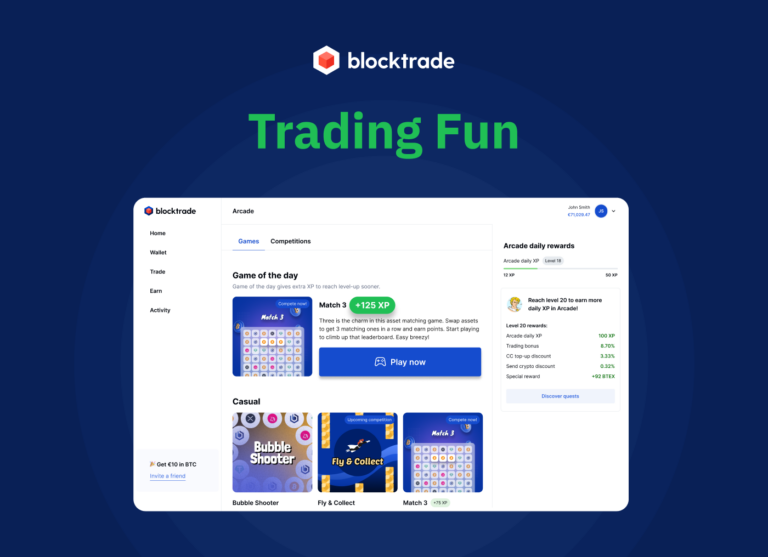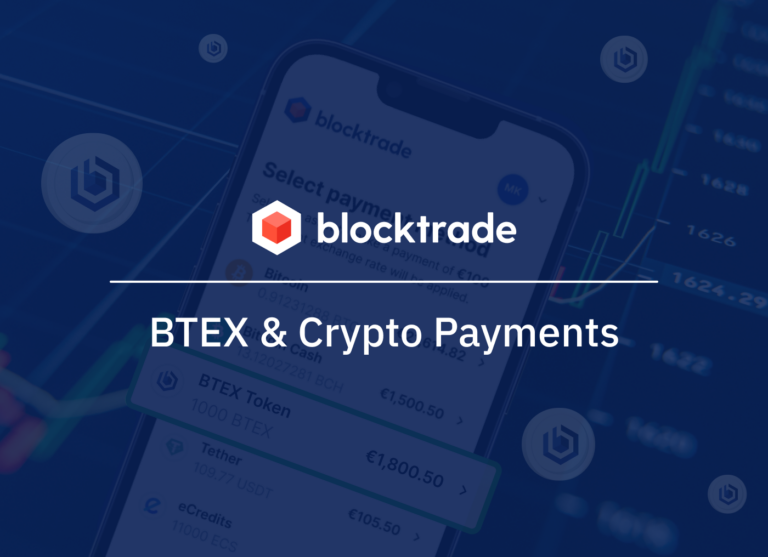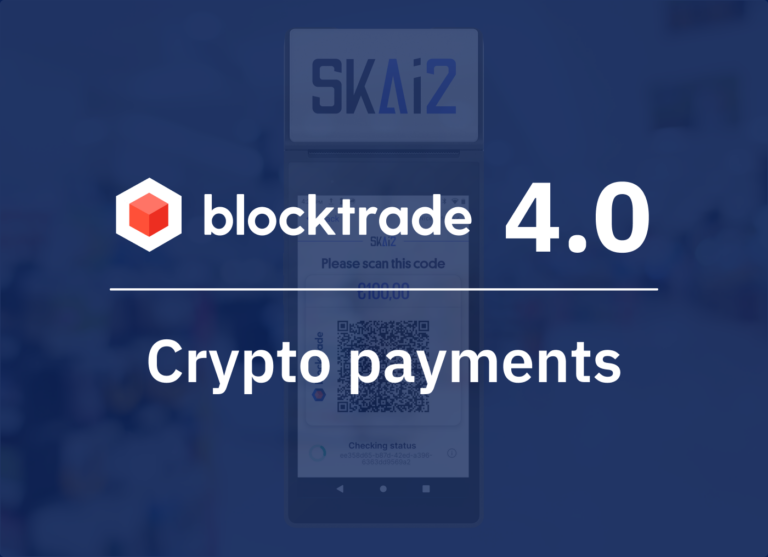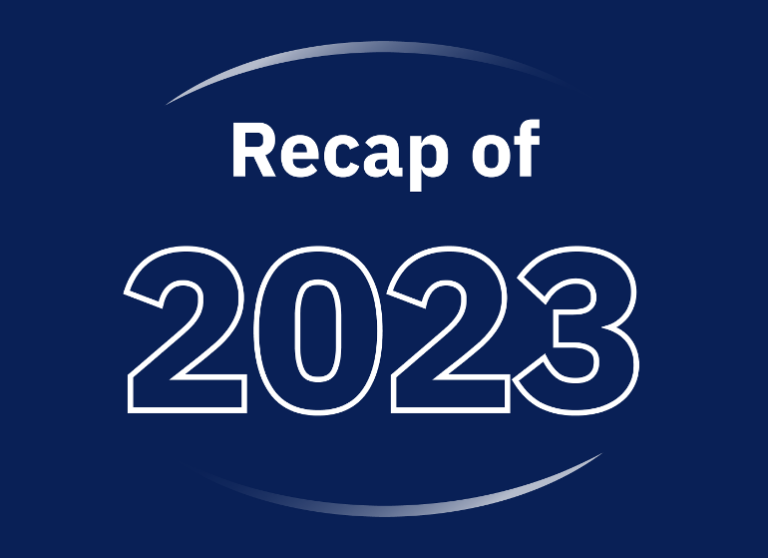Introducing Polygon (MATIC) Blockchain and how can help reduce the large transaction cost on the Ethereum Blockchain. In May 2021, the average cost for an Ethereum transaction ranged between 15-60 USD, transactions often taking hours to be confirmed. While the Ethereum blockchain is by far the most-widely adopted smart contract platform in the world, its popularity and limited scalability are major hurdles it will have to overcome.
As the enormous transaction costs could render it useless to large-scale adoption, dApp developers have started to look for cheaper, more scalable blockchain solutions to host their smart contracts and build their dApps on.
Layer 1 vs. Layer 2 solutions
Given the enormous network congestion on the popular Ethereum blockchain, so-called „layer 2 scaling solutions“ for Ethereum evolved. The Polygon blockchain is one of them. It docks onto the Ethereum blockchain (which here represents layer 1) and takes over some processing or transaction validation/confirmation work of the Ethereum blockchain.
The Polygon blockchain is one of the most prominent and promising of these layer 2 solutions and its MATIC token is now available for trading at Blocktrade exchange.
What is Polygon (MATIC)?
Polygon is a layer-2 scaling solution for the Ethereum blockchain. Its goal is to help alleviate problems of congestion on the Ethereum blockchain, thereby reducing high gas fees (transaction fees) and long transaction times.
The Polygon blockchain, renamed from its former name „Matic Network“ in February 2021, was founded by in 2017 by three seasoned Indian software engineers: Sandeep Nailwal, Jaynti Kanani and Anurag Arjun.
It utilizes a powerful Proof-of-Stake (POS) consensus mechanism that allows it to scale up to a maximum throughput of up to 7.000 transactions per second (TPS).
How does the Polygon (MATIC) blockchain work?
Polygon is actually a platform, its vision being to build an „Internet of Blockchains“ through using sidechains for secure off-chain-computing. Polygon was built blockchain-agnostic, meaning while it does support Ethereum, it can be used to scale many other smart contract platforms just the same.
The integration of parent chain and sidechain works as follows: Users can deposit ETH token into Polygon bridge smart contracts which then interact with the Polygon blockchain. After computation has been done, the ETH tokens can be withdrawn from the Polygon blockchain back to the Ethereum blockchain – in case this is necessary.
Unique is the fact that Polygon sidechains are public in character, permissionless and are compatible with multiple blockchain protocols.
The MATIC token, its economics and use cases
The MATIC token is the native token of the Polygon ecosystem (it has kept its ticker „MATIC“ despite the rebranding in February 2021). It is used to pay for transaction fees and remunerate miners for their mining power in relation to the amount of MATIC tokens staked (given its proof-of-stake consensus mechanism).
The MATIC token has a maximum supply (fixed cap) of 10,000,000,000 MATIC (10 bn), there are currently already 6,211 bn MATIC (62,11 %) of the fixed cap in circulation.
The Stakeholders in the Polygon Ecosystem
There are two main stakeholders in the Polygon ecosystem:
- dApp users that pay with MATIC token for transactions (execution of smart contracts).
- MATIC owners / stakers and miners that stake their tokens and/or mine, and process, validate and confirm requested transactions.
Increasing adoption drives price action in H1 2021
The MATIC token has seen incredible price action since the beginning of 2021 and is currently up by over 900 % since January 1st 2021. It even weathered the storms of the recent crypto correction in mid-May.
Aside from a general bull market, the fundamental driver behind the price increase is the massive adoption the Polygon blockchain has already seen in 2021. According to dAppradar.com, there are already 104 dApps exclusively hosted on the Polygon blockchain, including projects like Aavegotchi and QuickSwap.
Considerations for the Polygon (MATIC) token
Traders have to keep in mind that the Ethereum team is working on its Optimism update that is currently scheduled to be released in July 2021. Should it live up to the promises, high gas fees will be replaced by a lower base fee and throughput could scale significantly. This would put Polygon‘s primary value proposition at risk and could lead to a price decrease in the MATIC token.
Indeed, it is probable that some projects currently on Ethereum will completely migrate to the Polygon network. The more dApps hosted on Polygon, the more transactions are paid for in MATIC token. The increase in demand could send the MATIC price soaring.
Disclaimer
This is not a financial advice. Listing an asset or token for trade is not a recommendation to buy, sell, or participate in the associated network. We would like to encourage you to do your own research and invest at your own risk.







